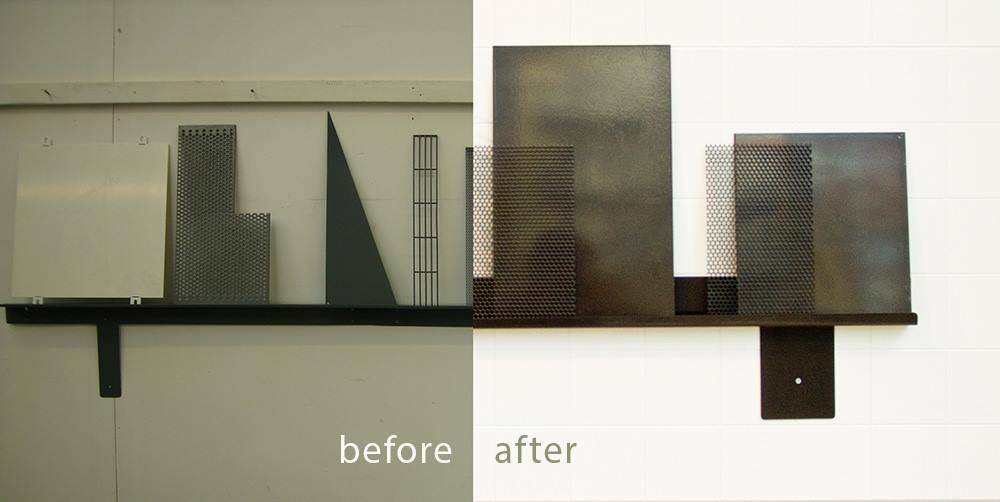A full-day, small group, workshop designed specifically for artists and crafters to get to know your camera better and learn practically how to photograph your Artwork. Whether it is 2D, jewellery or ceramics etc you’ll learn how to make great pictures using natural or household lighting and materials that you will already have in your studio. You?ll learn about setting your camera correctly for both websites and print. £60 per person, with lunch tea and coffee provided! – enquiries via my Contact Page
This workshop is suitable for all cameras, all ages and abilities. However, some cameras are so automated that all you can do is click to shoot; if you’re concerned about your cameras functions please email and I can advise. Although this workshop is for a small group (max 4) I also offer it on a 1:1 basis for half a day for £75, or I can deliver the workshop in your own home or studio anywhere in Devon for £125
A typical ‘Photographing your Artwork’ workshop day will be similar to this:
11.00 – Meet at Green House, Bideford – Tea & Coffee available
11.20 – 11.30, Optimising your camera for best results. A hands-on session with your own camera:
- Aperture – example of how it works; example prints to illustrate aperture effect on images and relationship with lens – how this affects the look of both 3D and 2D objects.
- Shutter speed – example of how it works; example prints to illustrate aperture effect on images and relationship with lens – optimum shutter speed for photographing artwork.
- ISO – what used to be film speed but is now a gauge for sensitivity of photosensitive cell. Relationship between ISO, shutter speed and aperture, – optimum ISO for photographing artwork.
- Focus – auto or manual? Spot or average?
- Lens – focal length, how it affects image with practical visual example, close-up and macro – optimum focal length for photographing artwork.
- Exposure – importance of correct exposure. Using the camera’s viewer as a guide.
- Overcoming limitations of auto exposure. Spot vs average. Which exposure mode?
- The advantages and limitations of the camera’s own software which processes the image and how to turn these off; sharpness, contrast etc
- File types and size: jpeg, tiff and raw
- Colour balance (auto or manual)
- Media card
The following timetable is not rigid and will be influenced greatly by the art that participants bring with them to photograph. Through the learning experience you will have ample opportunity to photograph your own artwork.
12.30 – 2.00, Using natural light to photograph your own artwork:
- Making a simple temporary studio in your own home
- Use of reflectors
- Importance of tripod & how you can get away without using one
- Making your image with the website or magazine page in mind
- Assessing your image on the camera screen
2.00 – 3.00, Lunch break
3.00 – 4.30, Using artificial light to photograph your own artwork:
- Artificial light types
- White balance
- High contrast and diffused light
- Using camera flash
4.30 – 4.45, tea / coffee break
4.45 – 5.45, Enhancing the image – make your images look like the original artwork on your own laptop or using the greengallery laptop:
- Removing colourcast
- Adjusting Contrast
- Cropping, straightening and removing distortion
- Adjusting the size of the image for different uses
5.45 – 6.00, Q&A plus a summary of what has been learned – enquiries via my Contact Page
